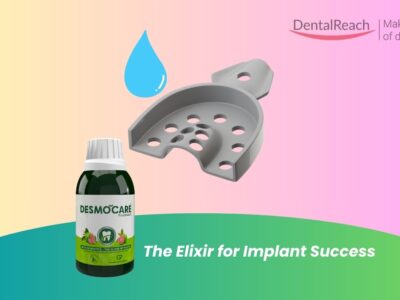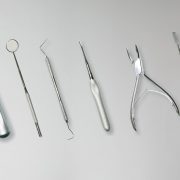Adhesion to cervical non-carious dentin has long been a clinical challenge for dentists, owing to the unique characteristics of sclerotic dentin. Unlike sound dentin, cervical lesions are subjected to repeated thermal, mechanical, and chemical stresses over time, resulting in altered substrate properties that compromise reliable bonding.
A recent systematic review, registered in PROSPERO and conducted according to PRISMA guidelines, analyzed available in vitro studies to evaluate how different surface pretreatments affect the bond strength of resin composite to non-carious cervical dentin.
Eight studies were included, and while results varied, some clear trends emerged. Prolonged application of phosphoric acid (37%, applied for 15–90 seconds) and combined chemical–mechanical approaches — such as sandblasting followed by phosphoric acid — showed potential to enhance bond strength compared to untreated controls.
In contrast, pretreatments with agents like EDTA or sodium hypochlorite were inconsistent, with some studies reporting no significant benefit or even reduced adhesion.
However, the review also highlighted methodological concerns: most of the included studies carried a high risk of bias due to inadequate blinding, small sample sizes, and failure to replicate true clinical conditions.
For clinicians, this suggests that prolonged phosphoric acid etching — alone or combined with surface roughening — may be a practical strategy to improve bonding in non-carious cervical lesions. Yet, given the low quality of existing evidence, further high-quality trials, particularly those assessing laser-based pretreatments and real-world conditions, are needed before definitive recommendations can be made.




















Comments